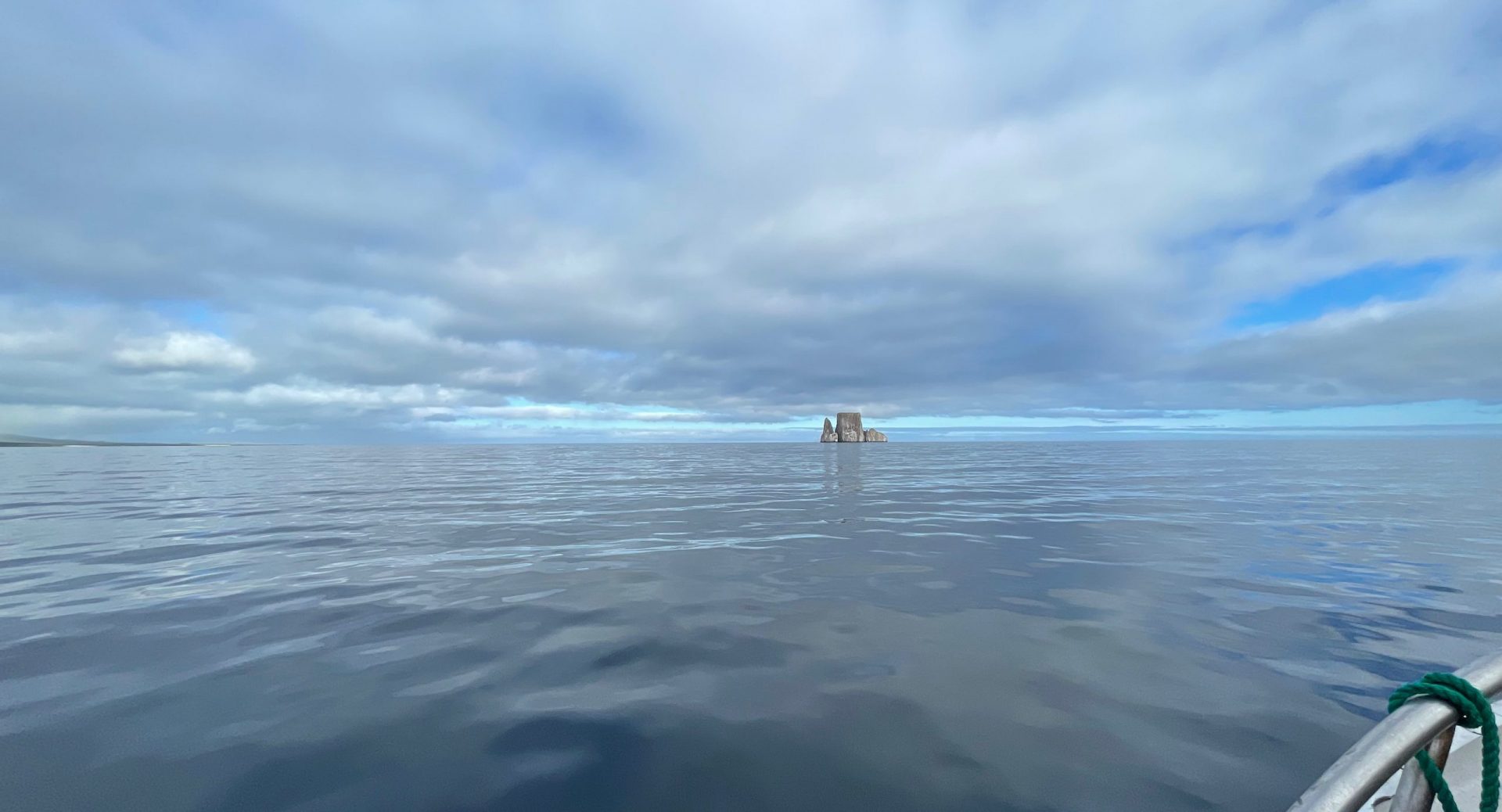The envoy from Europe can hardly believe his eyes. Butterflies the size of dessert plates are fluttering around his nose. Orchids hang in cascades from towering trees. Hornbills sail across the treetops. The tropical air is filled with the saturated scent of growth and proliferation.
Biologists have already tracked down more than 10,000 plant and 400 mammal species in the Congo basin. These plants and animals are part of the world’s second-largest uninterrupted rainforest, one of the planet’s most potent carbon storage systems. Indeed, it is for precisely this reason that Hans Schipulle, 63, is tramping around in the wilderness near the Sangha River on a humid morning in the Central African Republic.
“This forest stores carbon dioxide, and thus helps to slow down global warming. It regulates the global water supply and holds valuable pharmaceuticals,” says Schipulle, a veteran environmentalist who works for the German government. “We must finally realize that these are services that are worth something to us.”
Schipulle is in the region on a sensitive mission. Since December, he has headed the Congo Basin Forest Partnership (CBFP), a group founded by Americans, Europeans and the countries along the Congo River. The alliance aims to prevent the Congo basin from being plundered and transformed into oil palm and coffee plantations by mid-century. The Congo rainforest is still largely in one piece, but investors from around the world have already discovered the region’s potential for big business — ore, diamonds, plantations and lumber. But Schipulle and his partners have other plans for the Congo basin. They want international financial institutions or the world community to fork over money to preserve the rainforest as it is today. The threat of clear-cutting poses a double risk for the world. First, destroying the Congo rainforest would eliminate one of the earth’s most important cooling systems. Second, the carbon dioxide (CO2) released as a result of slash-and-burn agriculture would further accelerate global warming.
